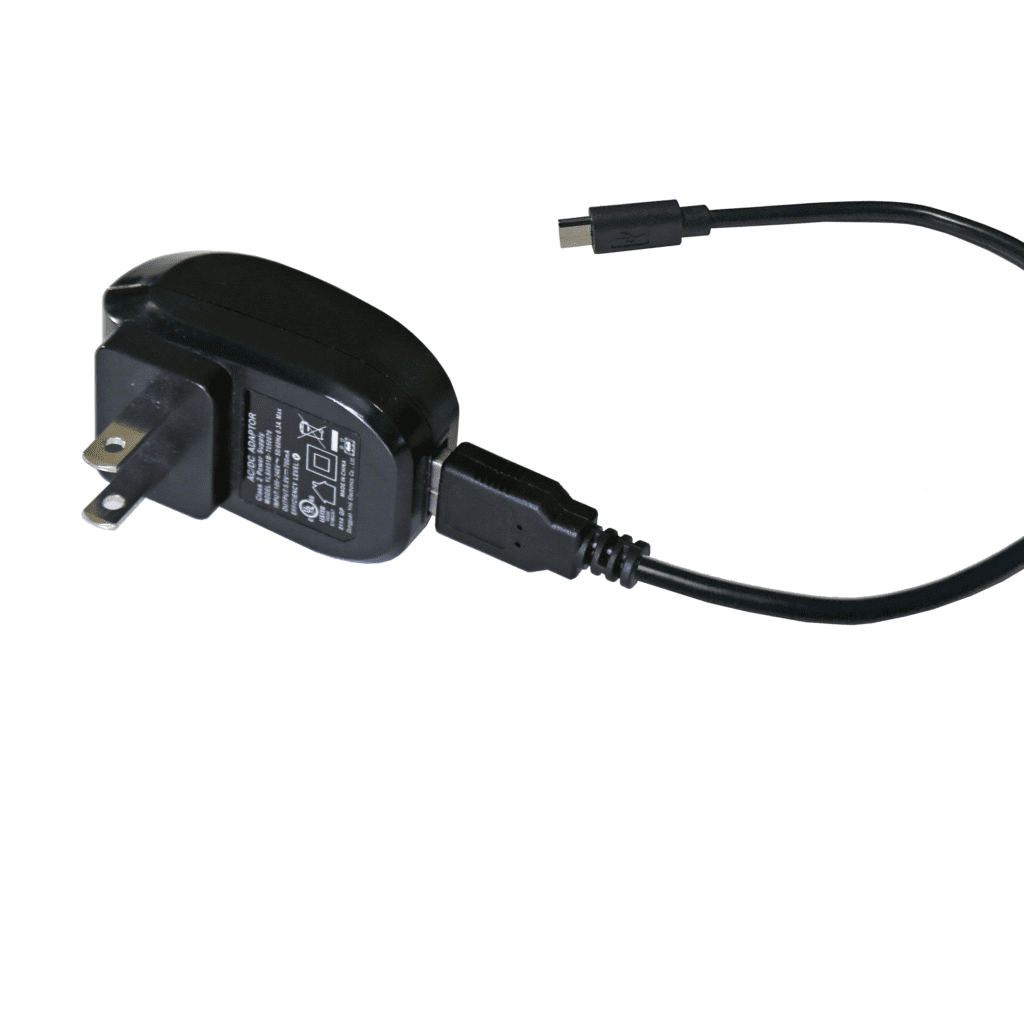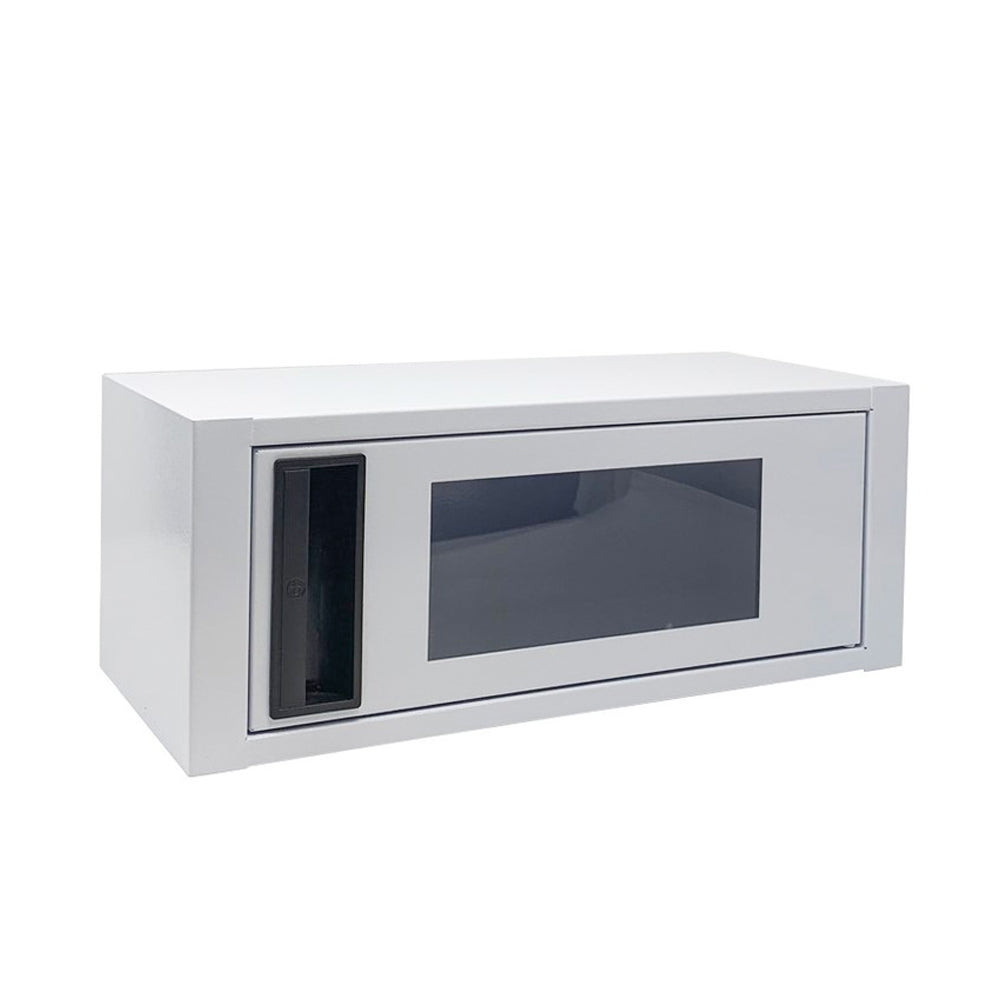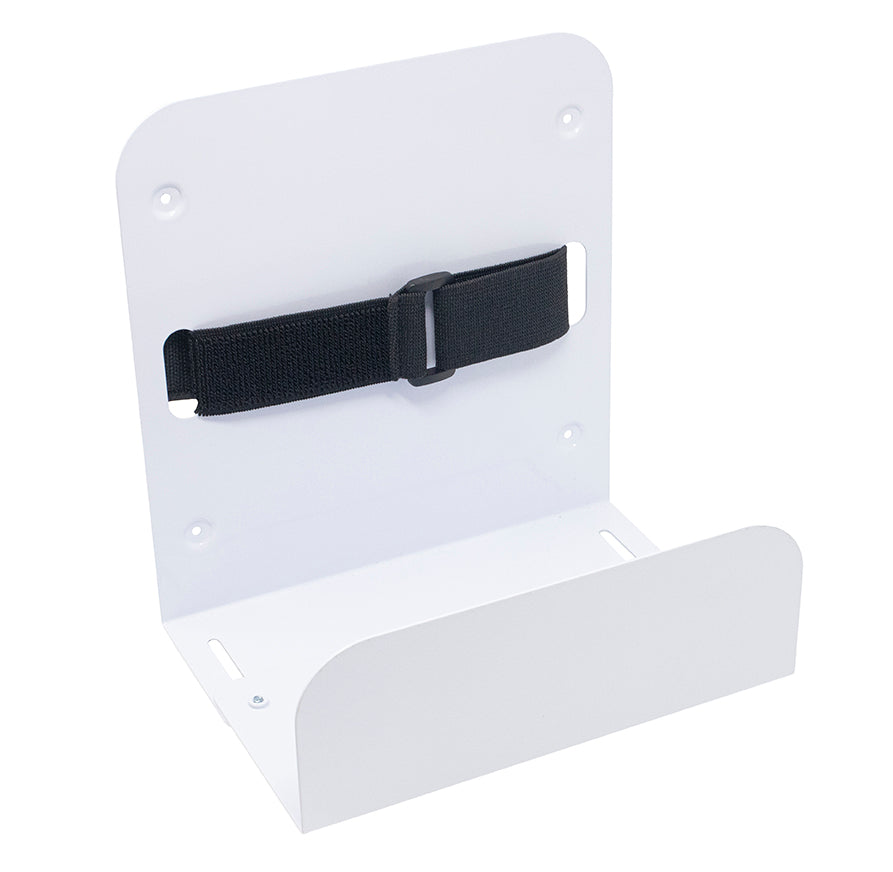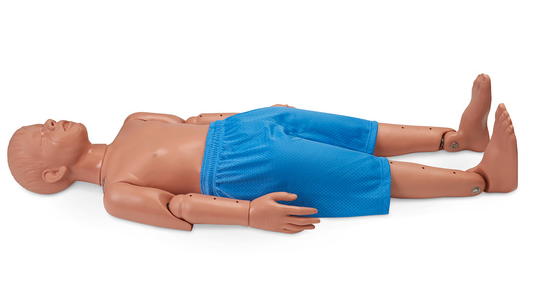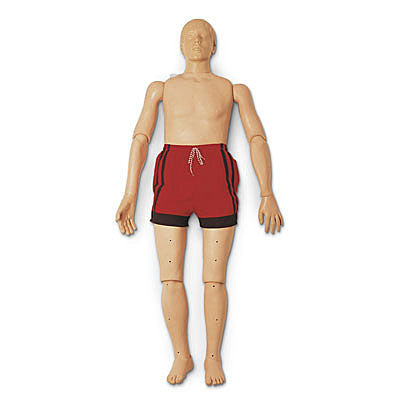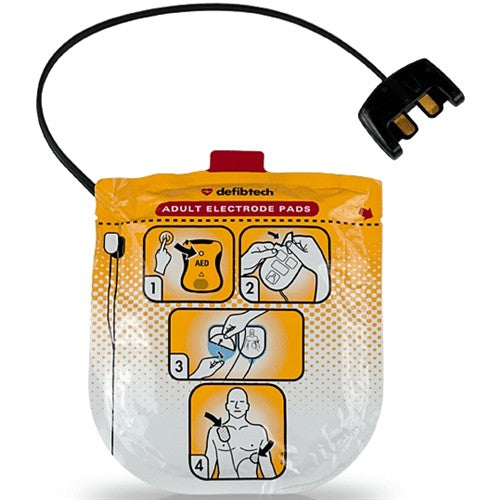If you saw a building on fire, would you do nothing? Not likely.
We’ve been drilled since childhood about what to do in the case of fire — and to do it quickly. Our buildings are equipped with special exits, properly maintainedsmoke detectors, alarms, sprinklers and fire extinguishers. As a society, we’ve made fire safety a top priority. And rightly so.
There’s a critical medical emergency — cardiac arrest — that should be similarly and systematically addressed. It is a very urgent, yet highly treatable condition. Cardiac arrest is sudden and often unexpected and can happen to anyone, at any age, any time and anywhere.
Cardiac arrest is different from a heart attack.
A heart attack is more of a “plumbing” problem, where the blood flow is slowed or blocked, but the heart keeps pumping. Cardiac arrest is often referred to as “an electrical” problem — as if the breaker switch in the heart has been turned off. A person experiencing cardiac arrest will collapse and be unresponsive, they may not be breathing normally or only making gasping sounds or not breathing at all.
If you think sudden cardiac arrest is an unlikely event, think again.
New data from Heart and Stroke shows that about 60,000 cardiac arrests occur in Canada outside of hospitals every year, far more than previously estimated. That’s one cardiac arrest every nine minutes. Unfortunately, only one in 10 Canadians survives an out-of-hospital cardiac arrest.
And in most cases, if you witness a cardiac arrest, it will be happening to someone you know.
It happened in my own family. My brother-in-law had just returned home from a bike ride when he experienced cardiac arrest. Very fortunately for all of us, a neighbour recognized what was happening and knew what to do: she performed CPR for more than 10 minutes, until the paramedics arrived. He received incredible care and thankfully made an amazing recovery.
This drove home for me on a very personal level, what I already knew professionally: when someone goes into cardiac arrest only fast action will save their life — every second counts.
CPR keeps the blood pumping to keep the brain alive and an automated external defibrillator (AED) will shock the heart to help it restart.
There are three things to remember.
- First, call 911 and shout for someone to bring an AED.
- Second, immediately start hands-only CPR.
- Third, use an AED as soon as one becomes available. AEDS are safe and simple to use and will only deliver a shock if needed.
It seems easy, but to improve cardiac arrest survival rates and improve outcomes, we need to build a culture of cardiac safety.
Everyone should learn CPR and how to use an AED, starting at an early age — both are easy to learn and simple to do.
AEDs should be much more widely available — and they should be registered, linked to 911 dispatch and properly maintained. The public needs to be able to find them and access them,
But people need to be empowered to take action. This means increasing awareness around cardiac arrest and equipping people with both the skills and the confidence to act. Finding new ways to create generations of lifesavers is key, such as Heart and Stroke’s CardiacCrash program, which takes an immersive, real-life approach to learning CPR and AED skills.
AEDs should be much more widely available — and they should be registered, linked to 911 dispatch and properly maintained.
The public needs to be able to find them and access them. Better data will support quality improvement across emergency response systems. New research will drive innovation and improve survival rates and outcomes, including by helping to better identify those at high risk of experiencing cardiac arrest.
Governments have a big role to play; legislation is an important lever to ensure much of the necessary change happens.
Other jurisdictions, such as Seattle and some cities in Europe, have made addressing cardiac arrest a priority and have implemented these types of policy steps. The result is they have much higher survival rates.
If we set our mind to it, we can do the same in Canada. We know what we have to do across society to save more lives and keep more families together.
Doug Roth is chief executive officer at Heart and Stroke.

